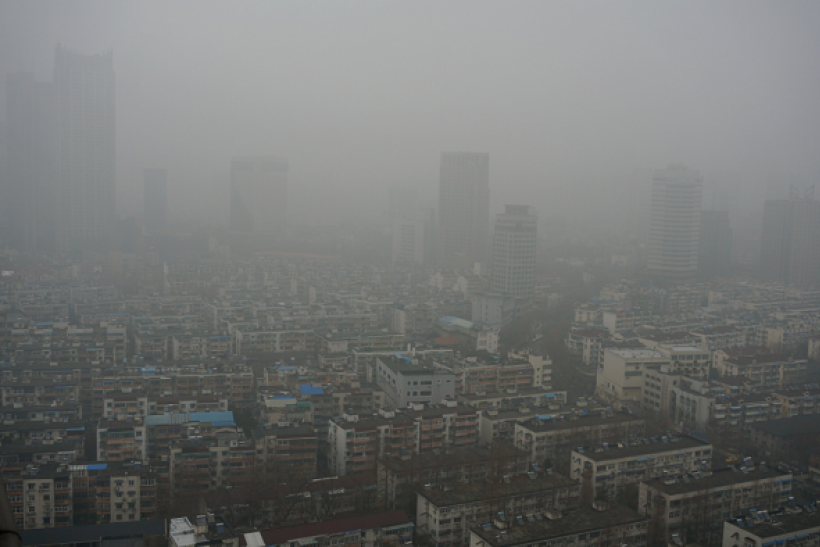
The coronavirus virus asks for a social distance of six feet, which seems short considering how far a grown man can spit after a lifetime of practice.
From Little League sunflower seeds to high school Beechnut, many men have learned how to cut loose closer to ten feet. A strong hack could take it out further.
Is a sneeze any different than a carefully curated loogie?
I feel this virus is like the air pollution of the London Coal Fog pic at the top. Except you can see the coal fog, and the virus remains invisible.
For some, air pollution is a fact of life, one of the costs paid to live in a modern society. That was the story until science caught up with industry and convinced government to tighten up pollution regulations.
The same thing happened in Pittsburgh
If people work jobs that make them too sick to show up, something’s got to change. At the same time, if owners of pollution spewing industries watch the money roll in through a blanket of foul air, why change?

Hard to see the difference between a thriving city in smog, and a bombed city after the dust settles. Industrial air pollution is a bomb, just with a long fuse.
Moving steel production to China changed at least one thing: the pollution fuse got longer. Lower pollution standards produced cheaper steel for the world. And if it’s not out of sight, at least it’s not Pittsburgh.
Where does that $20 Home Depot shovel with the Made in China sticker really come from? You say it’s flimsy, weak, and won’t keep an edge; China says, “You’re welcome.”

Walk through any big box store and count the things for sale from China. An smaller number would be counting the stuff not from China.
It all comes with a cost that doesn’t show up on any receipt.
What else doesn’t come from China?
Virus preparedness. Not being ready to address the coronavirus isn’t China’s fault.
If you wonder why America keeps military bases in places like Germany and Japan and South Korea? Why the bases in Kuwait, Qatar, and Afghanistan? Why?
The Global Health Security Agenda (GHSA), launched in 2014, is a global effort to strengthen the world’s ability to prevent, detect, and respond to infectious disease threats, whether they are naturally occurring, accidentally or intentionally released. The purpose of the GHSA is to accelerate progress toward achievement of the International Health Regulations (2005) and strengthen global public health capacities within 31 countries and the Caribbean. The Centers for Disease Control and Prevention (CDC) plays a leading role in the implementation of the GHSA for the United States (U.S.). As part of the broader U.S. government engagement, CDC is committed to working with these countries to strengthen their capabilities to identify, track, and stop outbreaks or other public health emergencies.
Con’t:
More than 70% of the world remains underprepared to prevent, detect, and respond to a public health emergency.1Through GHSA, CDC works with countries to strengthen public health systems and contain outbreaks at the source, before they spread into regional epidemics or global pandemics. Public health threats, health emergencies, and infectious diseases do not recognize or respect borders. Effective and functional public health systems in all countries reduce the risk and opportunity for health threats to affect the U.S.
That’s from 2018. Now it’s 2020
Fears of a pandemic come after the Trump administration spent the past several years gutting the very government programs that are tasked with combatting such a crisis.
In 2018, for instance, the CDC cut 80% of its efforts to prevent global disease outbreaks because it was running out of money. Ultimately, the department went from working in 49 countries to just 10.
With that sort of timely information, I’m not breathing any easier. Are you?
Think about it while you wash your hands a few times.


